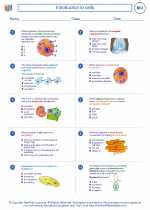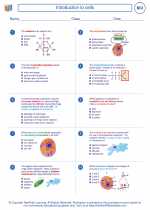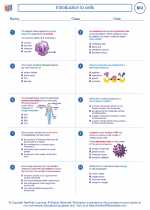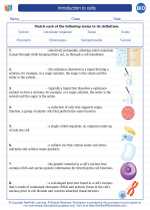HII Regions
An HII region is a large, low-density cloud of partially ionized hydrogen in the interstellar medium. They are regions of star formation and are characterized by the presence of young, hot, massive stars that emit ultraviolet radiation, which ionizes the surrounding hydrogen gas.
Formation of HII Regions
When massive stars are formed from the gravitational collapse of molecular clouds, they emit intense ultraviolet radiation. This radiation ionizes the hydrogen gas in the surrounding region, creating an HII region.
Characteristics of HII Regions
1. Ionized Hydrogen: HII regions are characterized by the presence of ionized hydrogen gas, primarily in the form of HII (H+) ions.
2. Emission Nebulae: The ionized hydrogen emits radiation, producing colorful emission nebulae that are visible in the night sky.
3. Star Formation: HII regions are regions of active star formation, often containing young, hot, massive stars.
4. Ultraviolet Radiation: The presence of massive stars emitting ultraviolet radiation is a defining characteristic of HII regions.
Study Guide
When studying HII regions, it's important to focus on the following key points:
- Understand the process of HII region formation, particularly the role of massive stars in ionizing the surrounding hydrogen gas.
- Learn about the characteristics of HII regions, including the presence of ionized hydrogen, emission nebulae, and the association with star formation.
- Explore the significance of HII regions in the context of galactic evolution and the formation of new stellar populations.
- Consider the observational techniques used to study HII regions, such as spectroscopy and imaging at different wavelengths.
Further Reading
For more in-depth understanding of HII regions, consider exploring topics such as stellar feedback, the impact of HII regions on surrounding interstellar medium, and their role in shaping the morphology of galaxies.
.◂Biology Worksheets and Study Guides High School. Introduction to cells

 Worksheet/Answer key
Worksheet/Answer key
 Worksheet/Answer key
Worksheet/Answer key
 Vocabulary/Answer key
Vocabulary/Answer key
 Vocabulary/Answer key
Vocabulary/Answer key
 Vocabulary/Answer key
Vocabulary/Answer key
 Vocabulary/Answer key
Vocabulary/Answer key
